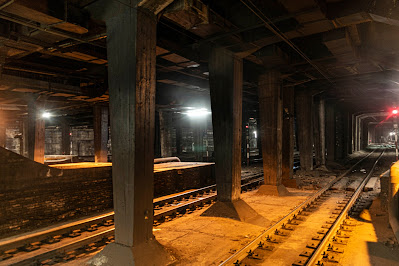I was sitting at my kitchen table one morning last week, writing an article for work, when all of a sudden, out of nowhere comes a thought: "3:30 at Kempton Park." A random thought, stochastic misfiring of neurons – or what? Not an auditory sensation, no sound 'heard', not a voice. Just a thought.
I've never been into horse racing – the last time I was in a bookmaker's shop was back in the 1980s to place a speculative bet on the Derby. Since then, I've not bet on horses or indeed anything. But I am intrigued; curious. What's this all about? Firstly – do they even race at Kempton Park in January?
It turns out that indeed they do.
I googled it; yes, there's a racing at Kempton Park this afternoon, and there's a race at 3:35 (rather than exactly 3:30). I look down the race-card, scanning the list of runners and riders for one to back. My eye is drawn to just one horse – Magic Fluke (my favourite opera is Magic Flute). The rider and the trainer are both called 'Marco'. Starting price 7/2.
As I said, I haven't placed a bet for over 35 years, and I've never placed one online. I was put off by the profusion of logos and confusing offers, and in any case it's a working day, so I had no time to work out how to do this, set up an account with a bookmakers, logins and passwords – all too much.
However, about an hour later, I happen to be on a call with the managing director of a financial-services company based in the City of London. At the end of a half-hour long business conversation, I casually mention to him the story of how the words "Kempton Park 3:30" popped up in my mind out of nowhere. "Worth placing an each-way bet on Magic Fluke in the 3:35 at Kempton Park!" I advised him, jokingly. He thanks me for the tip, and goes on to place an each-way bet on Magic Fluke online – and it came second.
An each-way bet means you get a smaller percentage of the odds should the horse come second or third). Had he put £10 on Magic Fluke, for example, he'd have walked away with £17.40. Or £34.80 for a £20 bet.
Magic Fluke. The very name...
"Magic (noun) – practice intended to summon a tangible effect in the natural world by breaking the laws of causality; invoking a physical effect without a physical cause"
"Fluke (noun) – a lucky or improbable occurrence, with the implication that the occurrence could not be repeated."
Is this nothing more than a coincidence? Richard Feynman's ARW 357? Or did I pick up a weak signal from the future? If so, how?
If so... yesterday, lo, I dreamed... I foresaw myself living here in Jakubowizna until the age of 85 (in 2042, you will understand), and then move into a 20th-floor flat (though not in a city!). And still in the dream, I am in my old office (when it was on the 9th floor), sat around a large boardroom table with half a dozen of my colleagues. I am telling them about this dream I had in which I am living in Jakubowizna until the age of 85. One colleague says "That's an interesting dream – I'm sure it will come true!", whilst another says "It's just neurons in your brain misfiring." So in this dream I find myself critiquing the dream along with my colleagues! Furthermore, in this dream I carried on to dream that I would live on for another 18 years – to the age of 103! Maybe there's more to dreams than meets the eye...
See too this post about retrocausality.
This time last year:
Levels of Detail, Applied
[More dreams!]
This time five years ago:
Dreams of birth?
This time six years ago:
Foggy, icy, slippery day in Jeziorki
This time ten years ago:
Hannah Arendt and the banality of evil
This time 11 year ago:
Snow scene into the sun
This time 12 years ago:
More winter gorgeousness
This time 13 years ago:
New winter wear - my M65 Parka
This time 14 years ago:
Winter and broken-down trains
This time 15 years ago:
General Mud claims ul. Poloneza
This time 16 years ago:
Just when I thought winter was over...































































